Hemingway Again in Havana
especiales
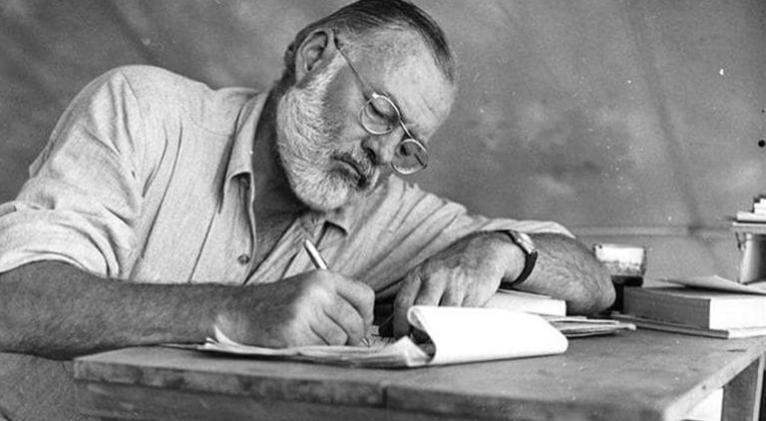
Ernest Hemingway found much more in Cuba than just refuge; he found a space of inspiration and a vital connection that would mark his final years and leave a profound cultural imprint on the island. His relationship with the Caribbean country transcended the merely circumstantial: he lived here for more than two decades, wrote some of his most famous works, and established genuine ties with the Cuban people. La Finca Vigía, his residence on the outskirts of Havana, remains today as a living testament to that close bond.
The 20th Ernest Hemingway International Colloquium, which opens today and runs through June 28, is tangible proof of the American writer's relevance in Cuba. This annual event brings together scholars and admirers from around the world to delve deeper into the author's life and work, as well as to reflect on his cultural and literary influence. The opening day, held in the Universal Art Building of the National Museum of Fine Arts, included lectures on jazz in the Hemingway collection and the influence of Havana on his literature.
This year's Colloquium featured 19 presentations, including 11 by Cuban scholars and eight from Japan, Argentina, Canada, and the United States, underscoring the international interest in Hemingway. Participants will not only discuss his best-known works, but also the writer's impact on literary tourism and his influence on contemporary popular culture.
As part of the program, attendees will pay tribute to the Nobel Prize winner in Literature with a wreath-laying at the Ernest Hemingway Monument in Cojímar, a town where he forged close friendships and where the memory of his fishing days lives on. A visit to Las Terrazas restaurant and the Community Mural Painting Project in the same area will strengthen the dialogue between history and the community, which still retains the pride of having welcomed the famous author.
This Colloquium also has a commemorative character, commemorating the 90th and 85th anniversaries of the publication of The Green Hills of Africa and For Whom the Bell Tolls, respectively. It also commemorates the 65th anniversary of the completion of A Feast in Paris and the historic meeting between Hemingway and Fidel Castro, which took place in Havana in 1960, an image that has become a symbol of the mutual appreciation between the writer and the Cuban nation.
Hemingway's legacy continues to live strong in Cuba. Beyond his books and the physical spaces that evoke him, he persists as a cultural bridge that transcends generations and borders. This Colloquium, as it does every year, reaffirms that Hemingway not only wrote about Cuba, but also deeply lived its essence, and that Cuba, in turn, preserves him as a cherished part of its history.
Translated by Amilkal Labañino / CubaSi Translation Staff



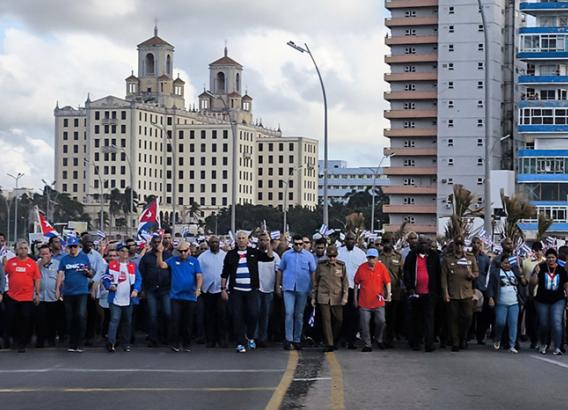
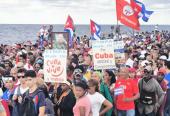
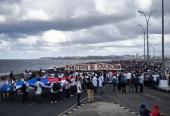
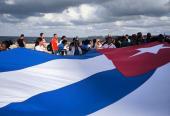


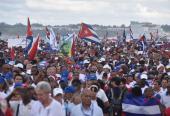


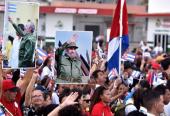

Add new comment